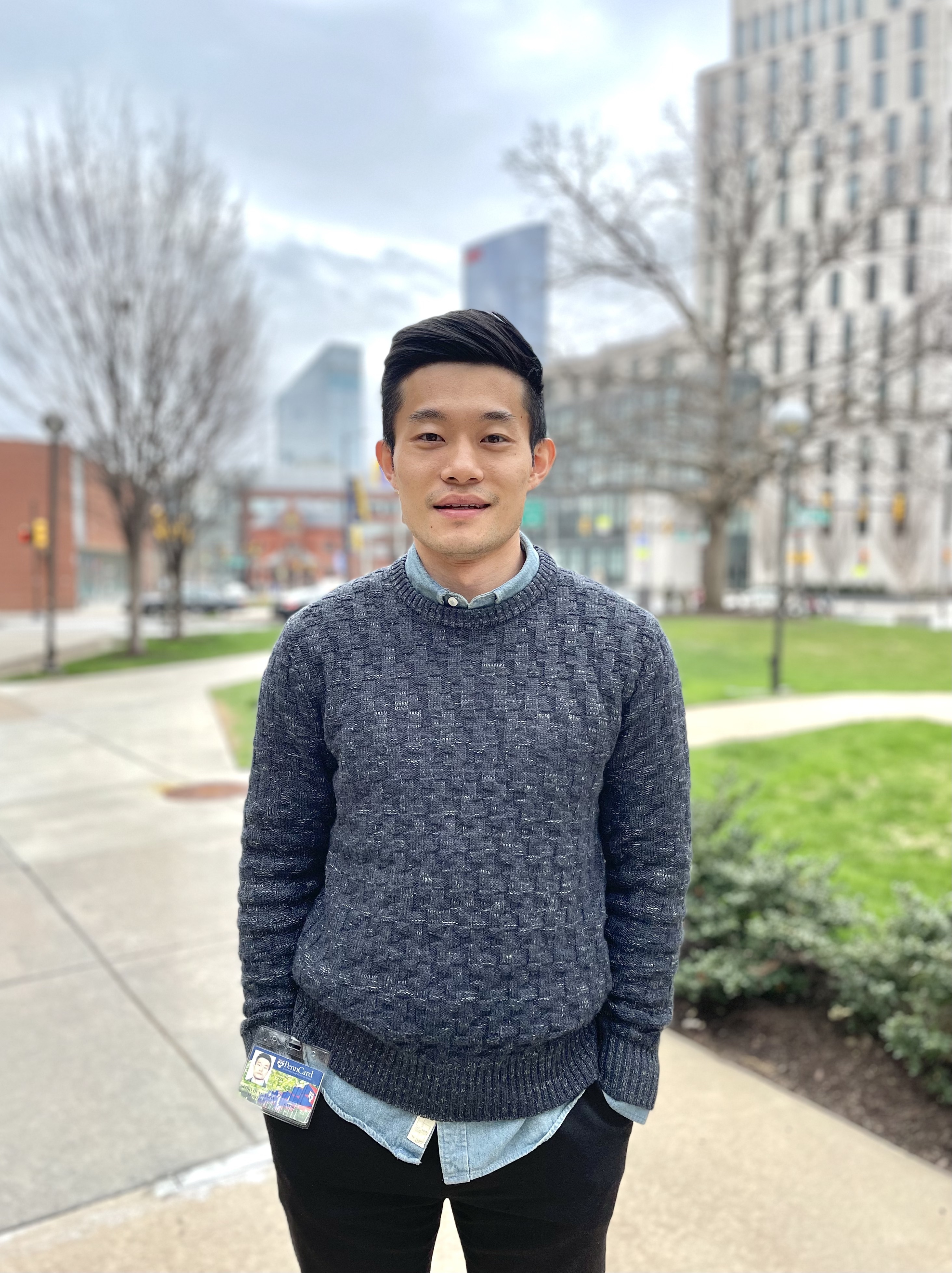Nano and Micro Technologies
(I-355) Nanozyme-based robotics approach for targeting fungal infections

Seokyoung Yoon, PhD
Post doctoral fellow
University of Pennsylvania, United States- MO
Minjun Oh
Post doctoral fellow
University of Pennsylvania, United States - AB
Alaa Babeer
Ph.D. student
University of Pennsylvania, United States - YL
Yuan Liu
post doctoral fellow
University of Pennsylvania, United States - ZR
Zhi Ren
Post doctoral fellow
University of Pennsylvania, United States - ZX
Zhenting Xiang
Post doctoral fellow
University of Pennsylvania, United States - YM
Yilan Miao
Ph.D. student
University of Pennsylvania, United States - DC
David Cormode
Professor
University of Pennsylvania, United States - CC
Chider Chen
Professor
University of Pennsylvania, United States - ES
Edward Steager
Senior Investigator
GRASP Laboratory, School of Engineering & Applied Sciences, University of Pennsylvania, United States - HK
Hyun Koo
Professor
University of Pennsylvania, United States
Presenting Author(s)
Co-Author(s)
Primary Investigator(s)
Fungal infections are a major public health concern worldwide, with many fungi showing resistance to available antifungal therapies. Nanomaterials have gained attention for potential use as antifungal agents, but current nano-drugs lack specificity and require prolonged treatment times. Recent progress in catalytic nanoparticles has led to new treatments against bacterial biofilms with precision and efficacy that could be leveraged for the treatment of fungal infections. Iron oxide nanoparticles (IONP) have been employed against bacterial pathogens associated with biofilm infections due to their high peroxidase-like activity and magnetic susceptibility. Candida albicans is a common fungal organism causing human infections that can be targeted using the IONP nanozyme approach. Here, we create microrobotic assemblies composed of nanozymes using fine-scale spatiotemporal control for precise targeting of infection sites and localized catalysis to achieve effective fungal killing on-site. Using electromagnetic field frequency and positioning modulation, we assemble morphology-adjustable nanozyme microrobots that can freely extend, retract, roll, vibrate, and glide with high spatiotemporal precision. These nanozyme assemblies bind avidly to fungal cells, promoting localized accumulation and targeted ROS generation in situ, potentiating the antifungal effect. The nanozyme-based robotics approach results in rapid and precise C. albicans eradication, providing a uniquely effective and targeted antifungal modality for pathogen killing at the infection site.
